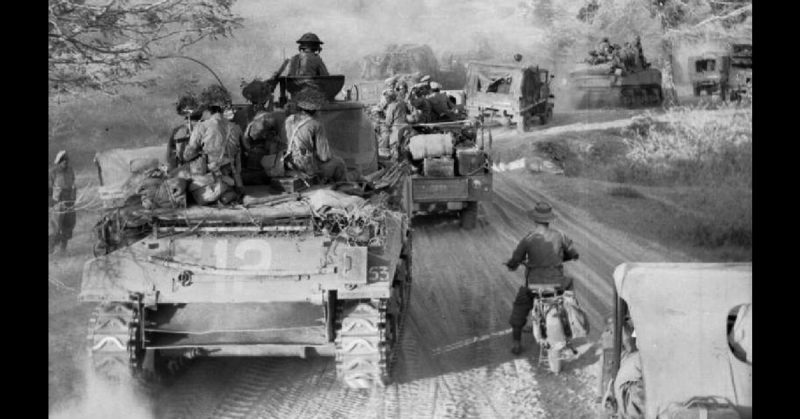Building a fort behind enemy lines sounds like an impossible challenge. It was the tactic developed by Orde Wingate during the Second World War and deployed against the Japanese during Operation Thursday.
Burma, Wingate, and the Chindits
The Second World War saw extended fighting in Burma. Shortly after declaring war against the Allies, the Japanese invaded the British territory. The British Indian Army was pushed back, then went on the offensive alongside the Americans.
One outstanding figure of this period was a British officer named Orde Wingate. He was strong-willed, opinionated, and challenged traditional British ways of working. He developed a strategy called Long Range Penetration (LRP) involving brigade strength forces infiltrating Japanese territory. Supplied by air, they harassed enemy supply lines.
To do it, the British created a special commando force called the Chindits.
The Stronghold
Wingate’s most daring concept was the Stronghold. Named after a line in the Bible, it was a plan for fortified camps behind enemy lines. Each stronghold would be based in the jungle well away from main roads and railways, so that artillery and tanks could not reach it. It would be defended by earthworks, barbed wire, minefields, machine guns, and artillery. An airstrip would allow supplies to be flown in and injured men to be flown out.
From a Stronghold, British troops could launch attacks against Japanese supply lines. The Stronghold would be a safe, defensible base to return to.
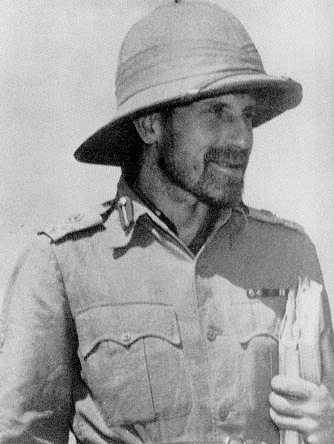
Politics and Prevarication
In January 1944, the British gave their backing to Operation Thursday, the plan to set up Strongholds behind Japanese lines. Within a week, a promise to supply regular troops to garrison the bases while the Chindits raided was withdrawn.
Prevarication on this issue continued throughout February. Meanwhile, Japanese movements gave Wingate a clear target for his plan; the area around Indaw.
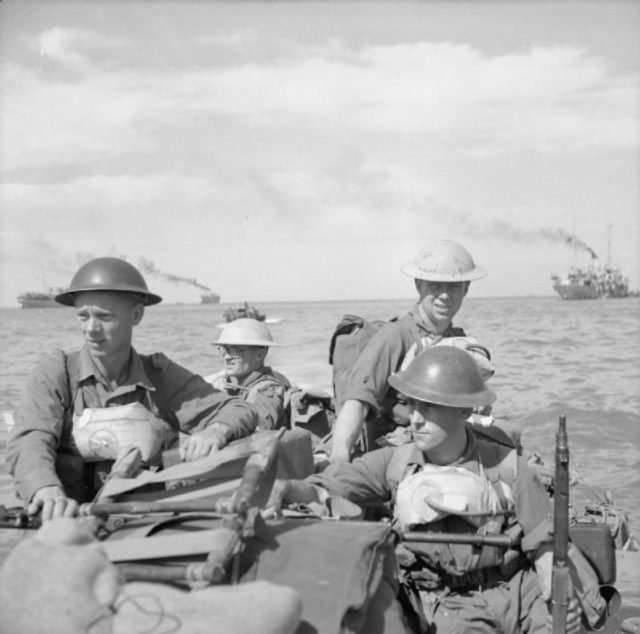
Preparing for Thursday
Two brigades were prepared for the mission. They were Chindits, already specializing in jungle warfare, and anticipating their most daring mission.
Gliders and planes were gathered to transport them across enemy lines. Three potential landing sites were selected and given the codenames Broadway, Piccadilly, and Chowringhee. Half an hour before taking off, felled trees were spotted on Piccadilly, making a landing there impossible. Plans were hastily altered.
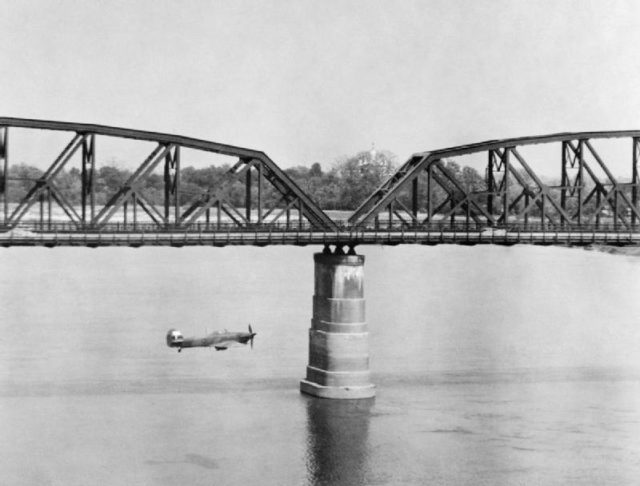
Bumpy Landings
On March 5, 1944, Operation Thursday was launched. The journey involved transporting 12,000 men in 80 gliders over mountains 7,000 feet high, then landing the gliders in small jungle clearings.
Inevitably, there were problems.
Some of the towing planes ran out of fuel. Some gliders broke loose too soon. Some landed in the wrong places or crashed into trees. Most landings at Broadway had to be postponed due to ditches that caused crashes in the landing area. Fortunately, a bulldozer was retrieved intact from a crashed glider, letting the soldiers flatten the landing strip.
Establishing Strongholds
The Chindits immediately set about setting up Strongholds. One was constructed at Broadway and another at a site referred to as Aberdeen. Once Broadway was secure, a force moved to near Mawlu, where the road and railway joined. There, they set up a third stronghold, called White City because of all the parachutes on the trees.
Clashes with the Japanese quickly broke out around White City. Lieutenant Cairns, who died during the first fight at Pagoda Hill, won a Victoria Cross for his bravery there.
Two days after the landings, Wingate joined his men on the ground. Traveling from one base to another, he inspired and motivated them.
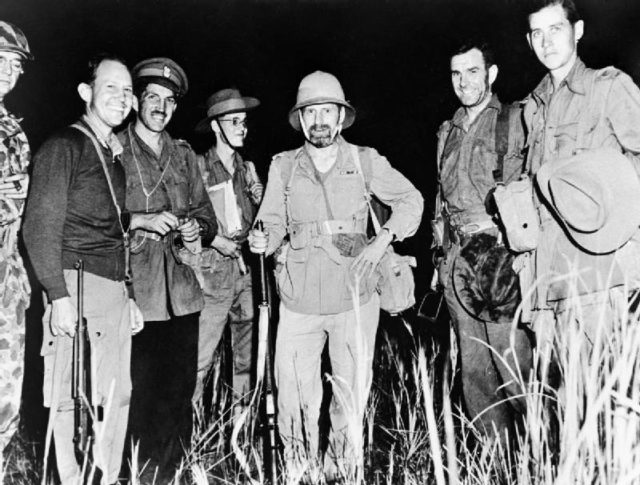
Disrupting the Japanese
White City disrupted Japanese operations around Mawlu, due to its proximity to vital supply lines. Broadway, however, was the real triumph for the Stronghold concept. From there, patrols set out to cover hundreds of miles of territory. Appearing from out of the jungle, they launched ambushes against supply and communication lines.
Tactically, the Stronghold was defensive. Strategically it was aggressive, enabling attacks deep into the jungle against the enemy.
Disastrous New Leadership
On March 24, Wingate was killed in a plane crash. He was replaced by Walter “Joe” Lentaigne, Commander of 111 Brigade based at Chowringhee.
It was an unfortunate choice. Lentaigne was much more conventional than Wingate which pleased the establishment, but he was less suited to the operation. Since landing behind Japanese lines, he had proved far less effective than Wingate.
The men promoted to support Lentaigne had a similar outlook to him. Wingate’s natural successors, men of similar attitude like Michael Calvert, were overlooked.
Lentaigne suggested giving up on Broadway and White City for a more conventional approach. Immediately, there was a divide within the expedition as Wingate loyalists rebelled against the new order.
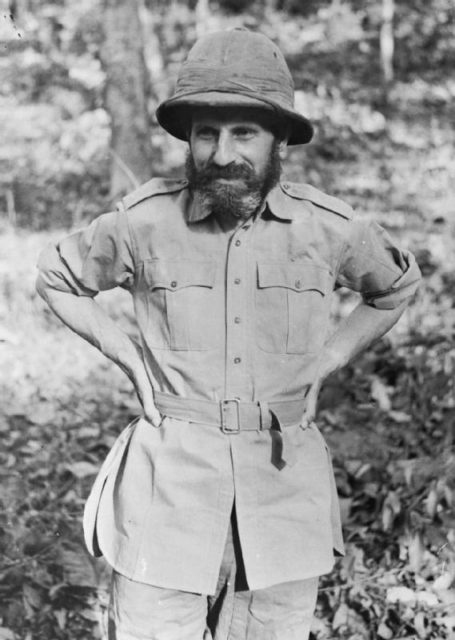
Marching North: The Stronghold Misused
Orders arrived for the Chindits to march north against the Japanese and support an American advance. This more conventional warfare was not what they were trained for or suited to.
Ordered by Lentaigne to cooperate, Calvert led 77 Brigade north. They succeeded in capturing Mogaung at a terrible cost in lost lives.
Meanwhile, John Masters led the bulk of 111 Brigade north to set up a new base codenamed Blackpool. Ignoring an essential part of Wingate’s strategy, it was built too close to road and rail lines. The Japanese brought up artillery and pounded it. 111 Brigade held on for 17 terrible days. Only 100 men survived.
A Plan Too Reliant on One Man
Operation Thursday was a bold plan that could have caused an enormous amount of trouble for the Japanese. It was too reliant on Wingate’s leadership and without sufficient support and understanding from the British command. Without him, the operation fell apart. Inappropriately applied conventional thinking replaced innovation to circumstances, and disaster struck.
The Strongholds had worked, but only briefly.
Sources:
David Rooney (1999), Military Mavericks: Extraordinary Men of Battle.
